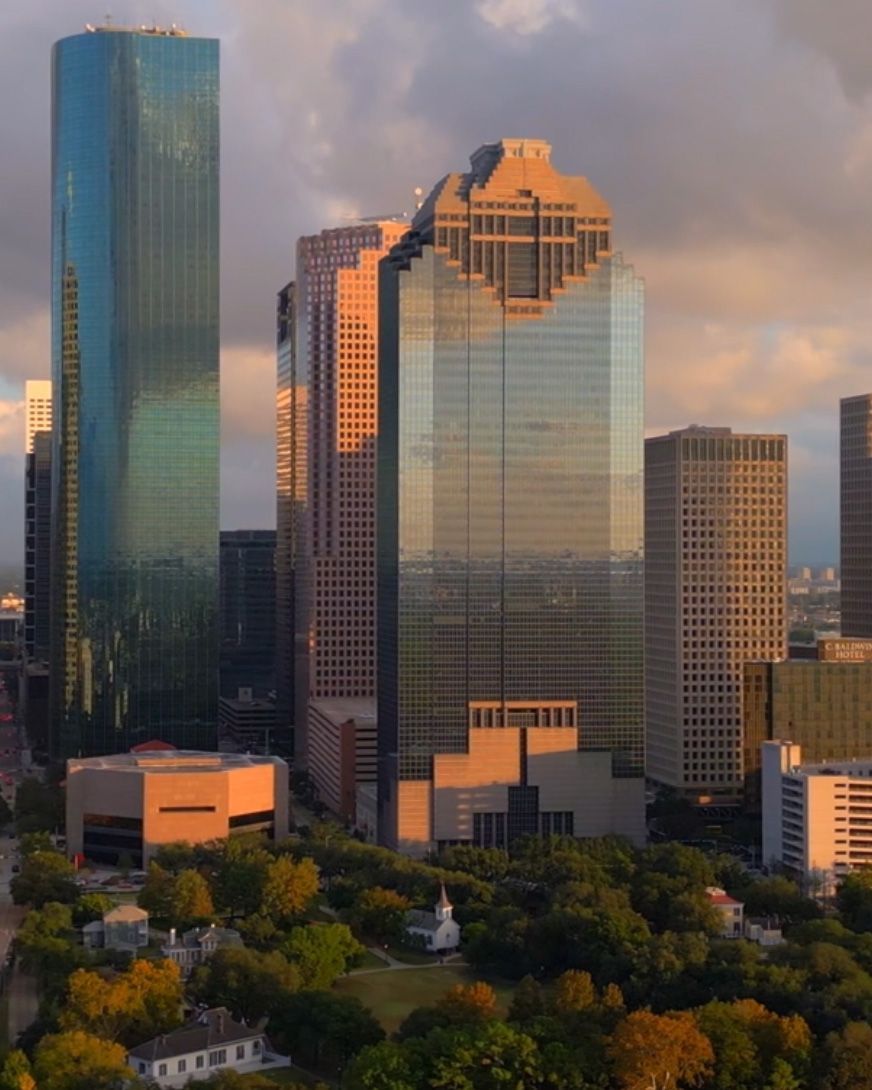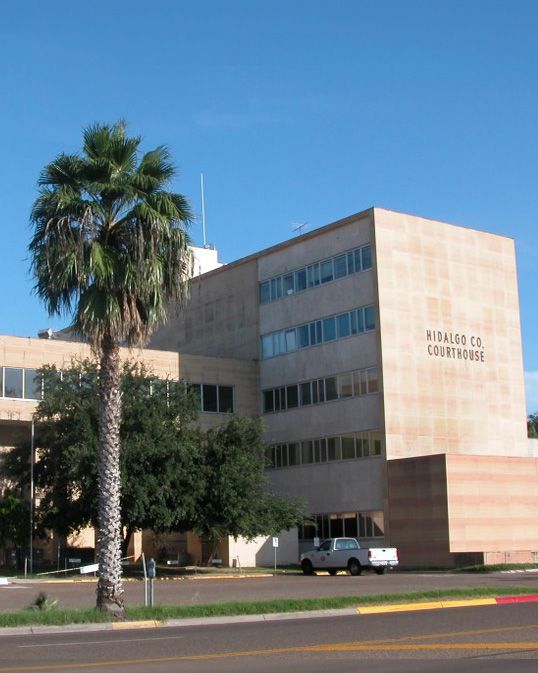What Do I Do When My Car is Overheating in Traffic on the Freeway?
LAW BLOG •
An overheated engine can leave you sitting in the middle of traffic without a way out. Feeling trapped on a busy freeway is a frightening experience, especially if you aren’t sure how to handle it. You need to know these things about vehicles that overheat:
Why Vehicles Overheat
High summer temperatures contribute to engines overheating, but the underlying cause of an overheated engine varies. Low levels of coolant, problems with a fan, and radiator obstructions are all possible causes.
Routine maintenance is the best form of prevention. You can easily check coolant levels before you hit the road, but ongoing maintenance to check and replace worn parts will further decrease the likelihood of problems over time.
Signs of an Overheated Engine
Watch the temperature gauge on your vehicle, especially during the summer. If it edges close to the “H,” your engine is starting to overheat. Steam rising from the hood of your vehicle is another clear indicator. If the problem relates to coolant levels (antifreeze), you may notice puddles of the liquid beneath your vehicle after it has been sitting for a while. Always check fluid levels if you see puddled liquids other than water under your car.
What to Do if You Notice Your Engine Overheating
If you notice any of the signs of your engine overheating, pull over as soon as it is safe to do so. If you’re in the middle of traffic next to a median or in the middle of the pack, and you can’t get to the side of the road:
- Turn off your air conditioner. AC contributes to the heat load on the engine and will exacerbate the problem.
- Run the heater. While it seems counterintuitive, the heater will force hot air into the vehicle but cool the overheated engine.
- Try revving the engine. If you’re in bumper-to-bumper traffic, shift into park or neutral and tap the accelerator to rev the engine. This will speed up the process under the hood and get more water and air to the radiator to cool things off.
- Avoid braking. Linger several car lengths from the vehicle in front of you and inch up in traffic instead of moving up as much as possible and then stopping suddenly. Using your brakes heavily will increase the heat load on the engine.
Using these techniques will buy you a bit of time. They will not fix the problem. As soon as you are able, pull over and evaluate your situation. Call AAA or a tow truck if you cannot safely drive your vehicle.
If you can’t move over and these cooling methods are not working, turn on your hazard lights and call for help. Do not attempt to get out of your vehicle in the middle of the road.
What to Do if You Can Pull Over
Under ideal circumstances, you will have an opportunity to edge over to the side of the road before the problem worsens. Turn off your vehicle and carefully open the hood. Wait for the engine to cool, and then check your coolant levels. If you don’t have any coolant, your vehicle is not safe to drive any further. Never touch the radiator cap or add water to cool the engine down until the engine is already cooled off.
An overheated engine can cause panic in drivers. Try to remain calm, and call for help if you need it. Remember to watch the traffic around you, and only move when it is safe to do so. For more information about traffic-related legal situations, call the Houston personal injury attorneys at Gordon & Elias, LLP.
The post What Do I Do When My Car is Overheating in Traffic on the Freeway? appeared first on GES Injury Attorneys.
Every state limits the amount of time you have to file a claim.
Don't Delay.
Contact the Attorneys at Gordon & Elias, LLP Today to preserve your right to a recovery.
Contact Us
We will get back to you as soon as possible.
Please try again later.
100% FREE CASE EVALUATION
Free Consultation • No Fee If No Recovery



